A fresh shipment of beautiful horns just in. Thank you Alvin!!
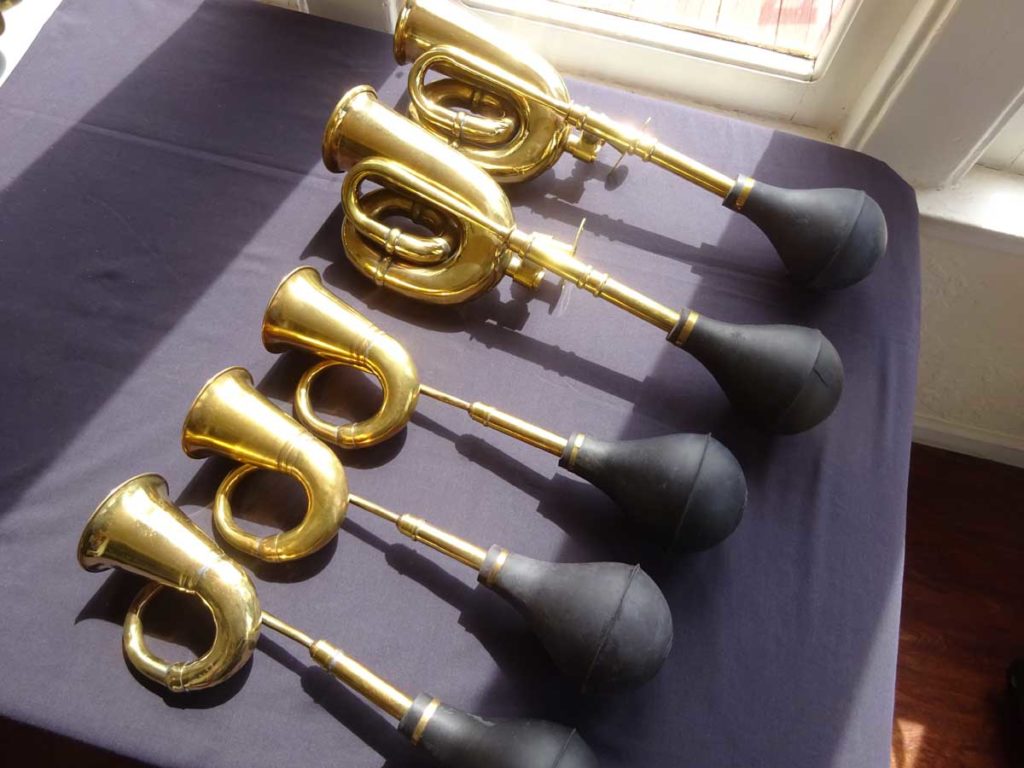
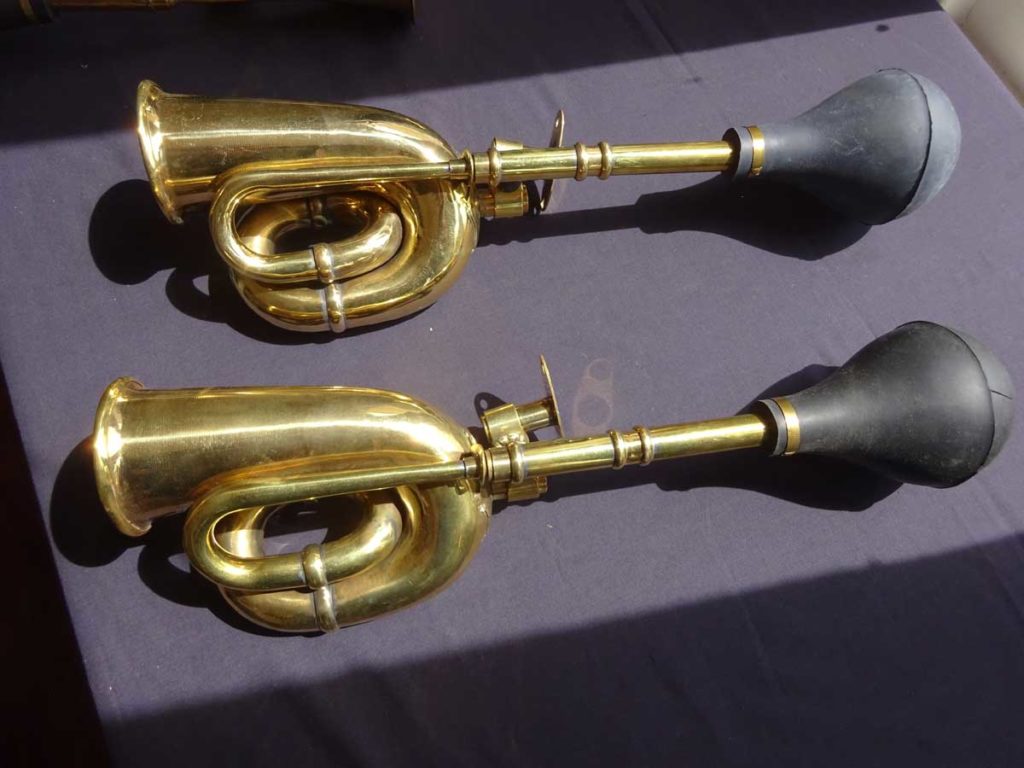
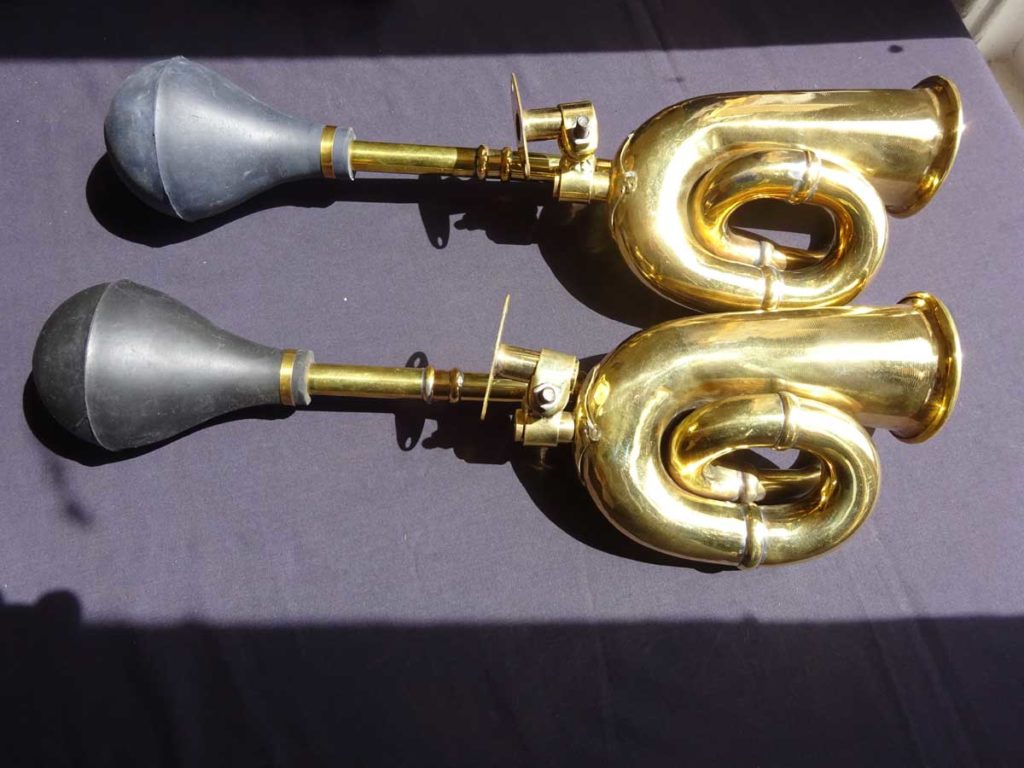
A fresh shipment of beautiful horns just in. Thank you Alvin!!



Well known for its use in Gershwin’s ‘An American in Paris’, I realized today I had no idea what in fact a ‘taxi horn’ was! If you Google it you’ll just get references to Gershwin, especially since the discovery that ‘we were doing it wrong’. (See my post here.) Consider that the horns Gershwin used were NOT what you’d typically find installed on an automobile by the manufacturer. (See vintage auto ‘bulb horns’, including many from French manufacturers here.) So what were they?
I turned to Google Books, sorted by date, and looked for references to ‘taxi horns’ from the early 1900s. Gershwin wrote ‘An American in Paris’ in 1928, and the thinking behind using taxi horns in the composition was to evoke the ambience of Paris.
Here’s what I think… In the 1920s, taxi drivers, especially in France, would sound a ‘taxi horn’ when arriving to pick up their fare.
The ‘rattle of wheels’ sounds to me like it could be a carriage.
The Man Thou Gavest
By Harriet Theresa Comstock · 1917
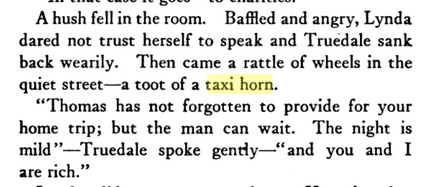
Theatre Magazine Volume 36
Published: 1922
Publisher: Theatre Magazine Company
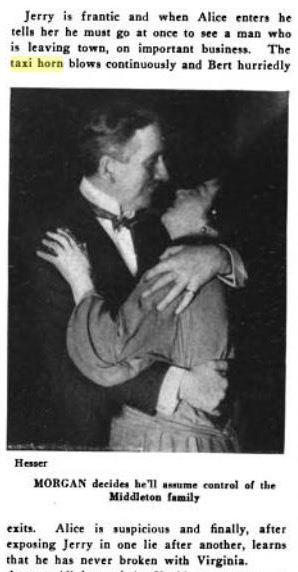
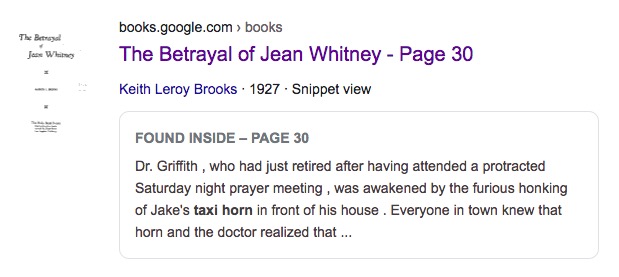
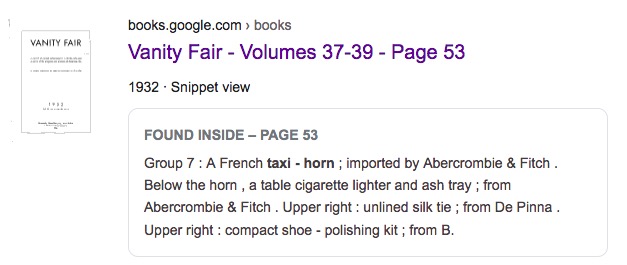
About now (1940) the term is becoming ambiguous. This could certainly be a taxi’s horn, rather than a ‘taxi horn’. 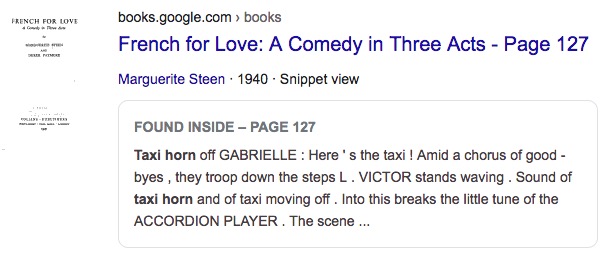

But maybe you know better, or have something to add. Feel free to leave us a comment. Thanks!
Back in the day they were called bulb horns and were the standard horn on pre-war cars. Somewhere along the line they began to be called squeeze horns. This begs the question… Who was the first clown to use a squeeze horn (was it Harpo?) because nowadays they’re also referred to as clown horns.
From Bonham’s auction house! Beautiful ‘bulb horns’ from the early 1900s.

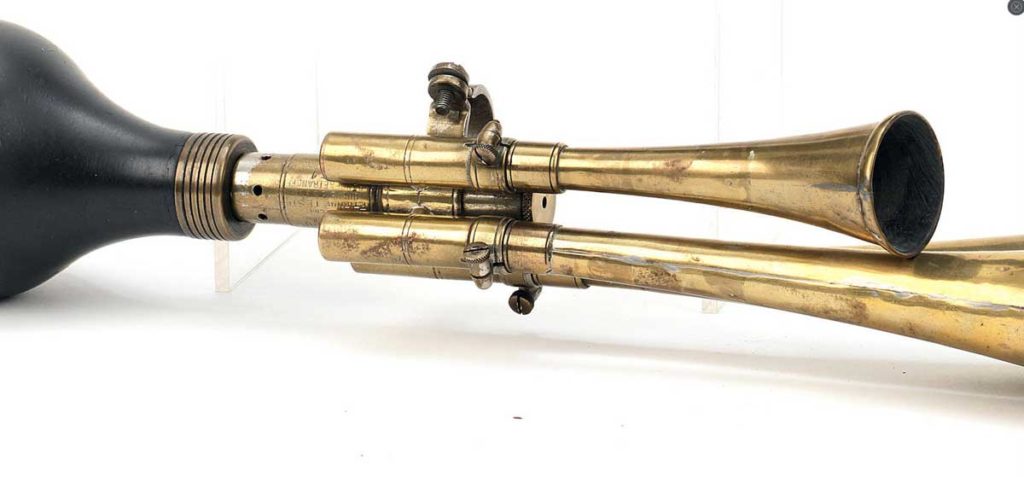



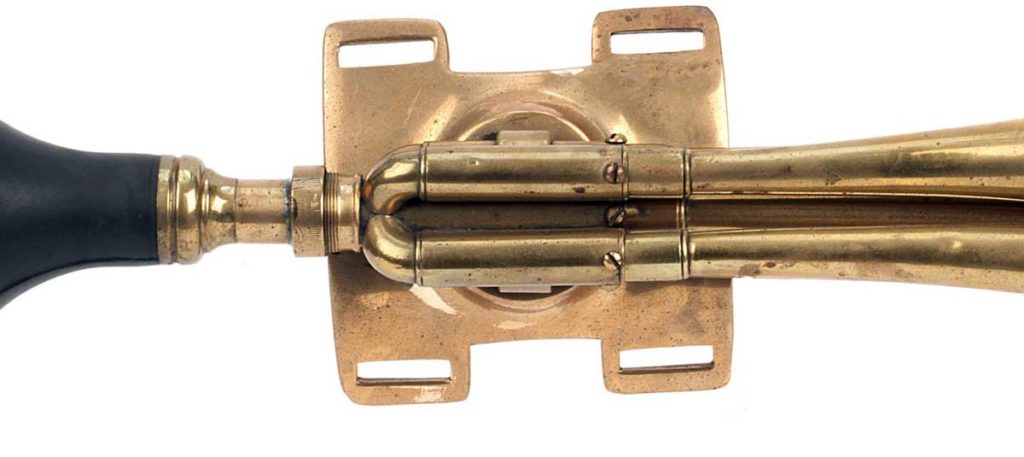
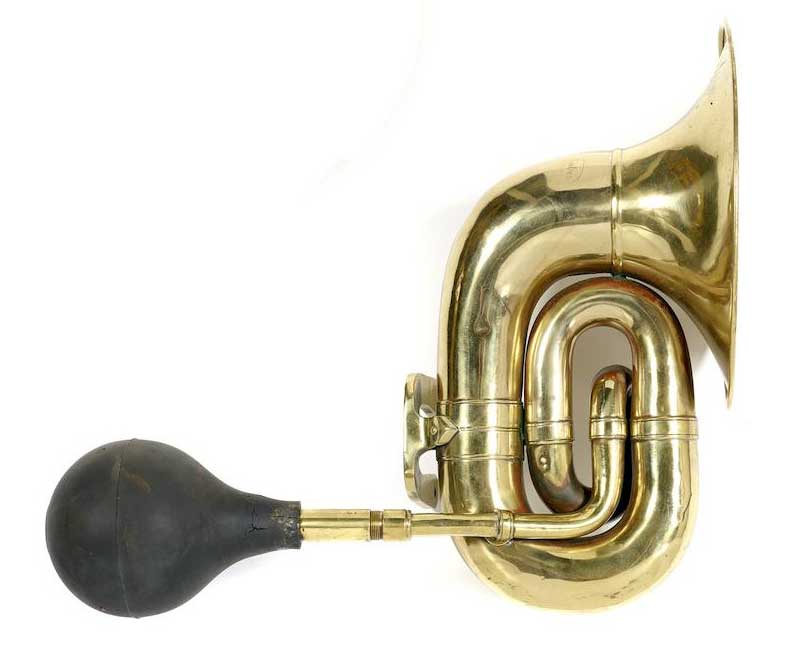

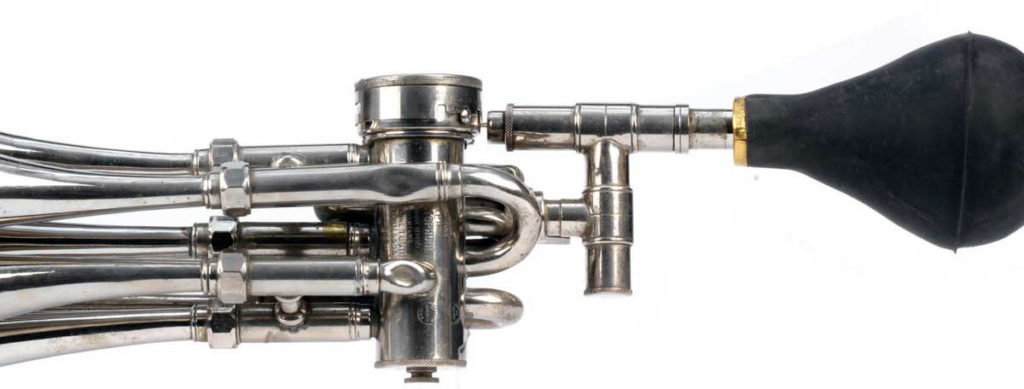

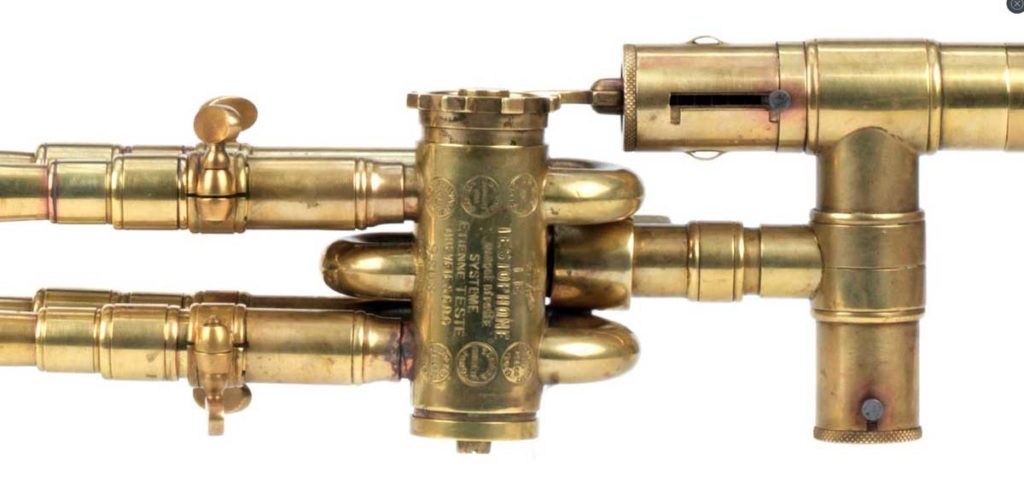
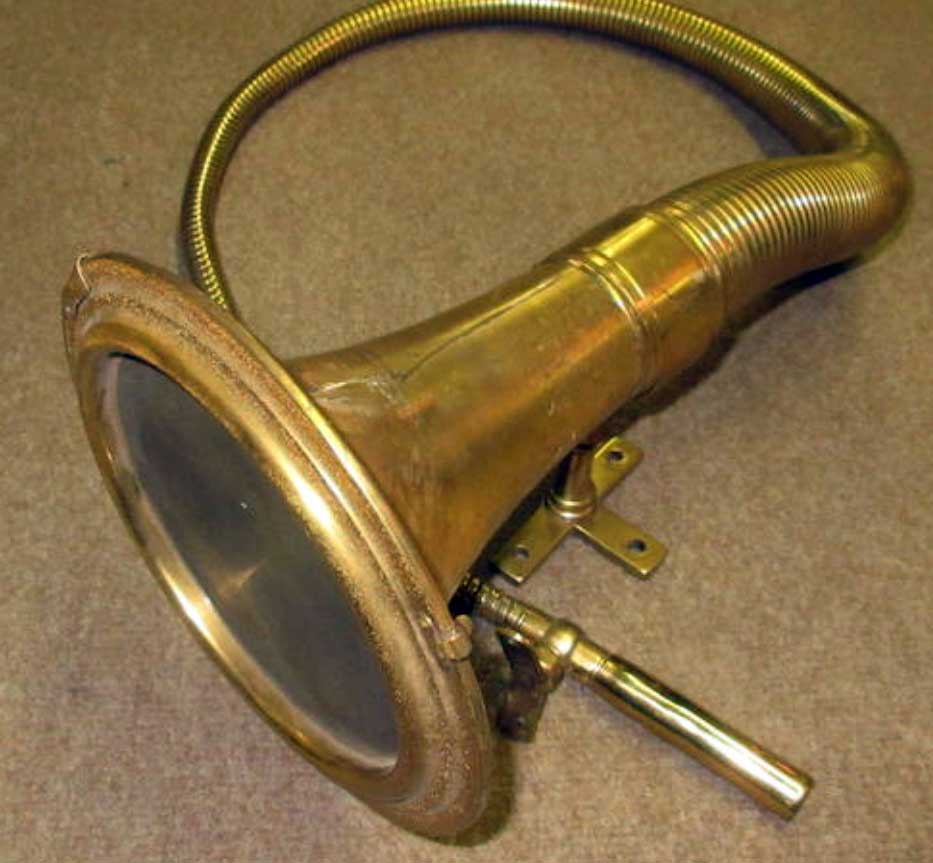
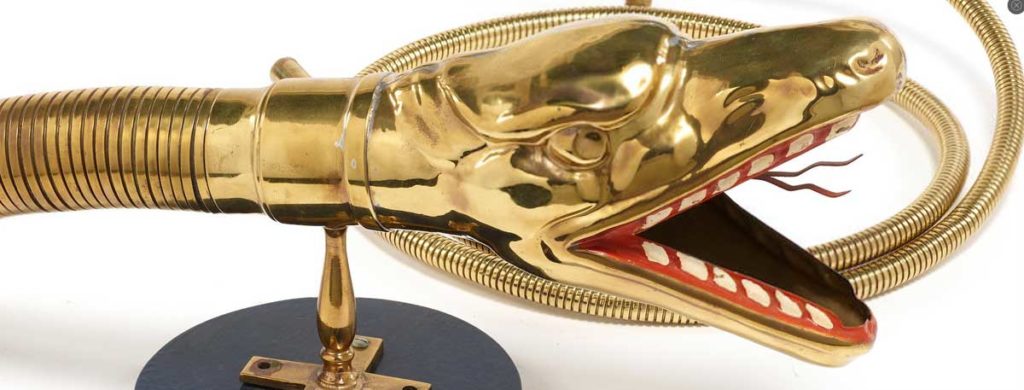
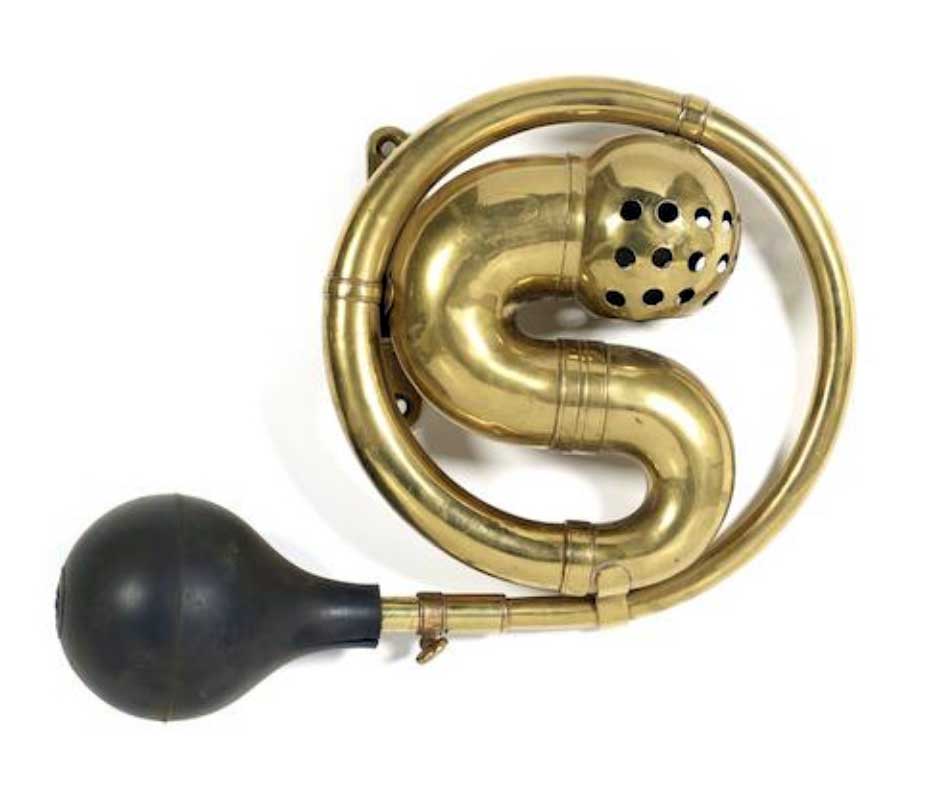
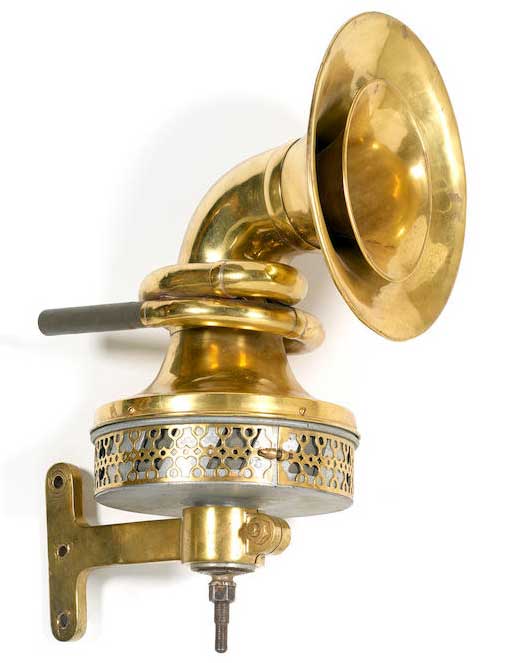
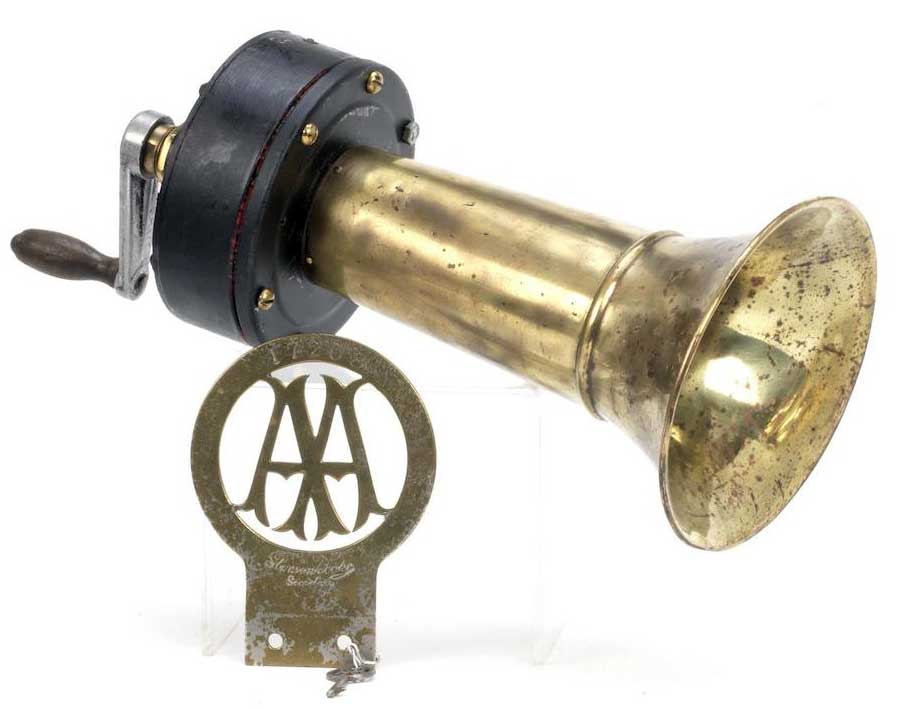
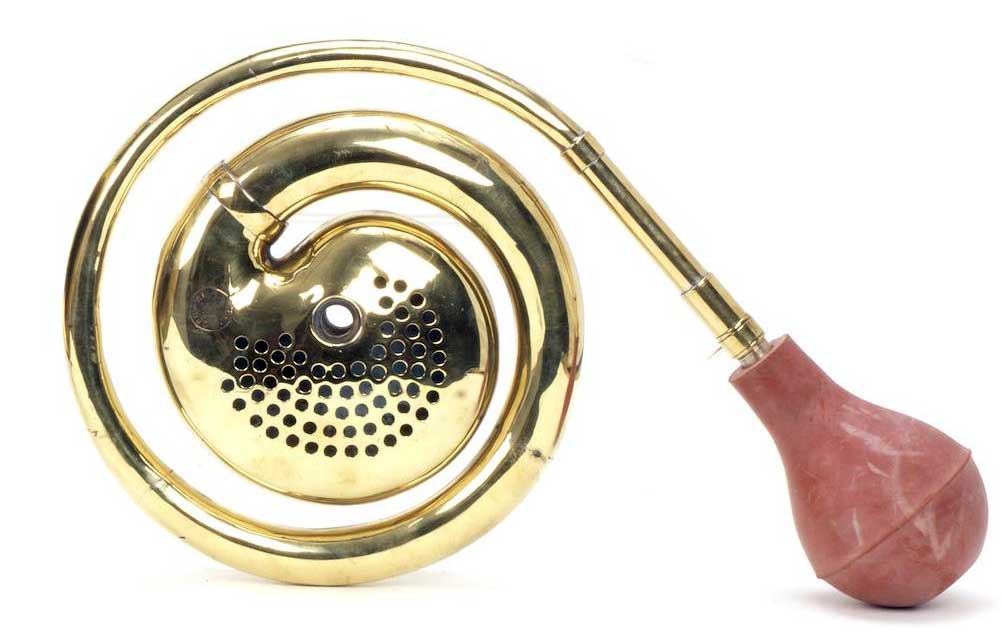
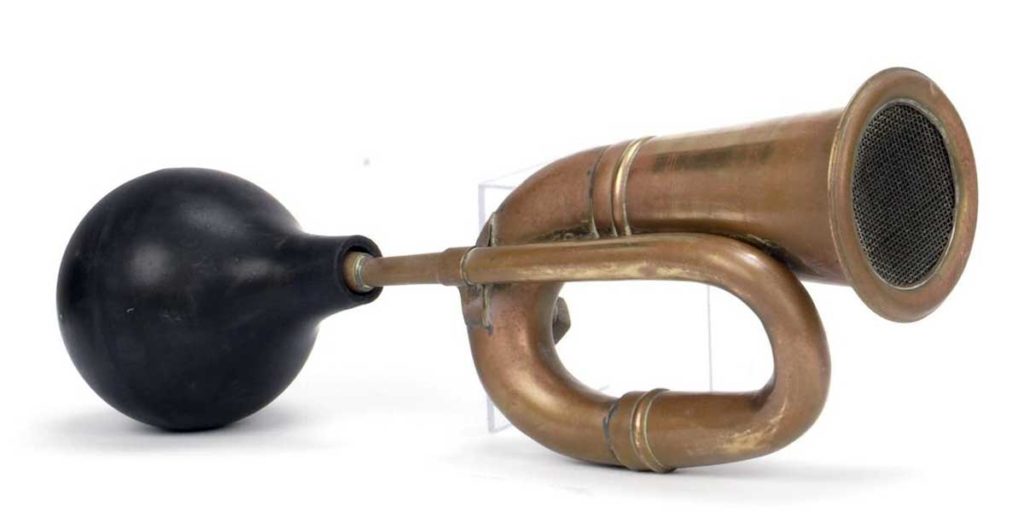

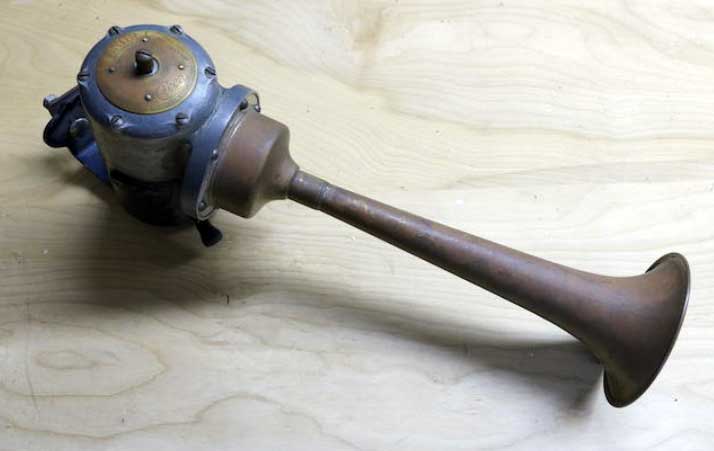
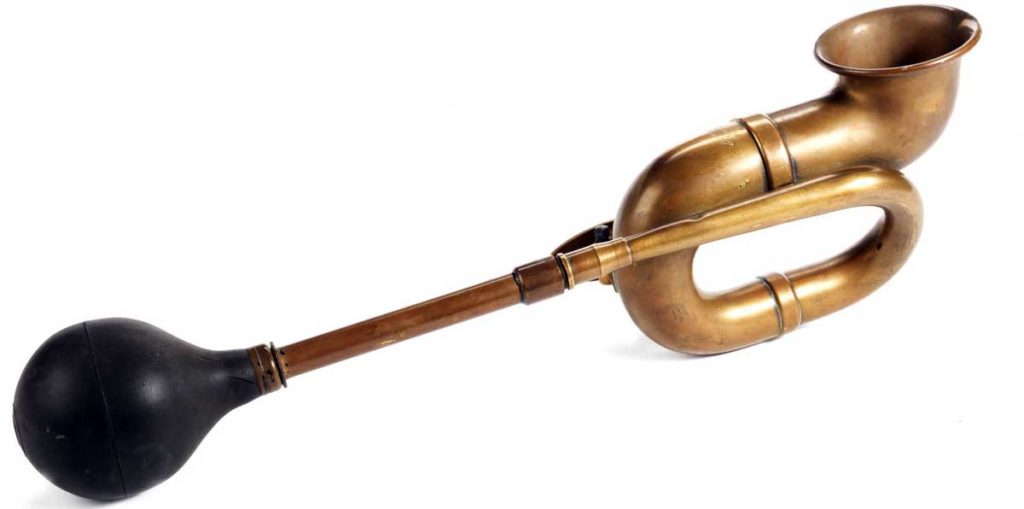
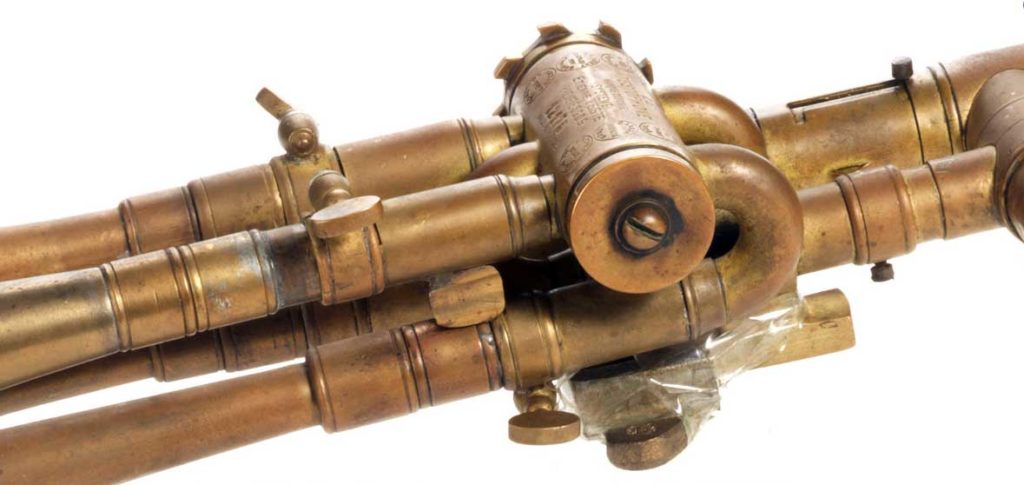
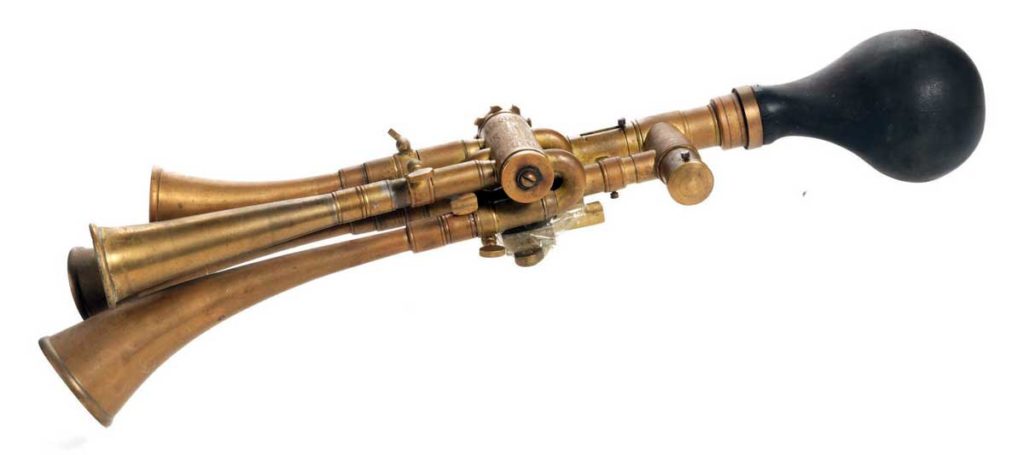

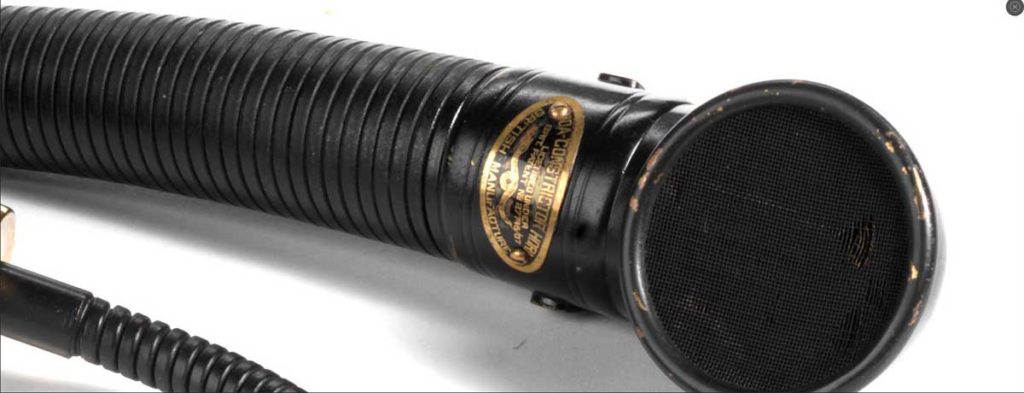
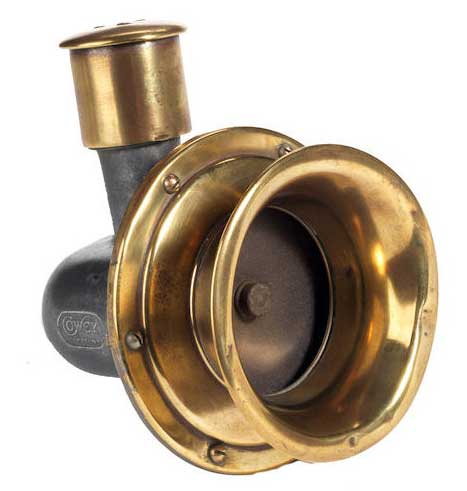
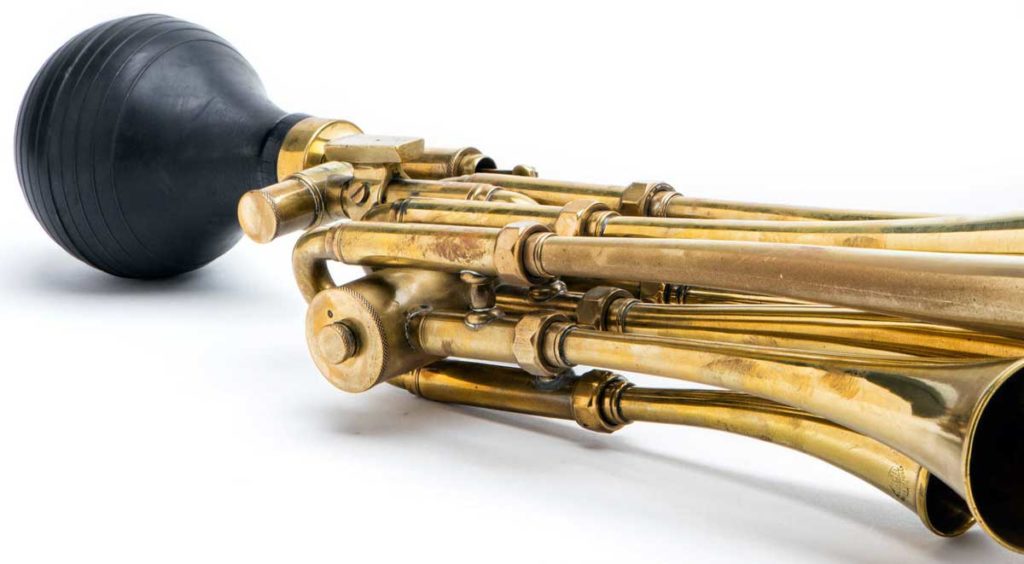
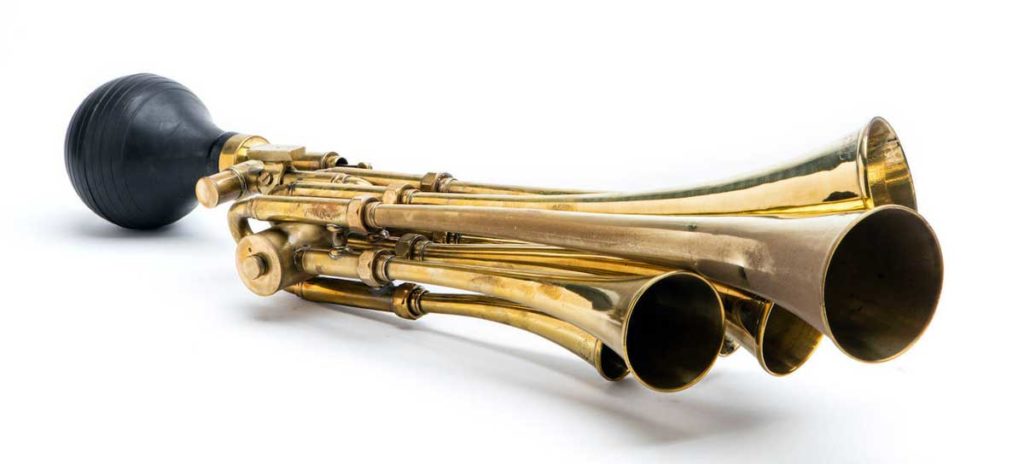
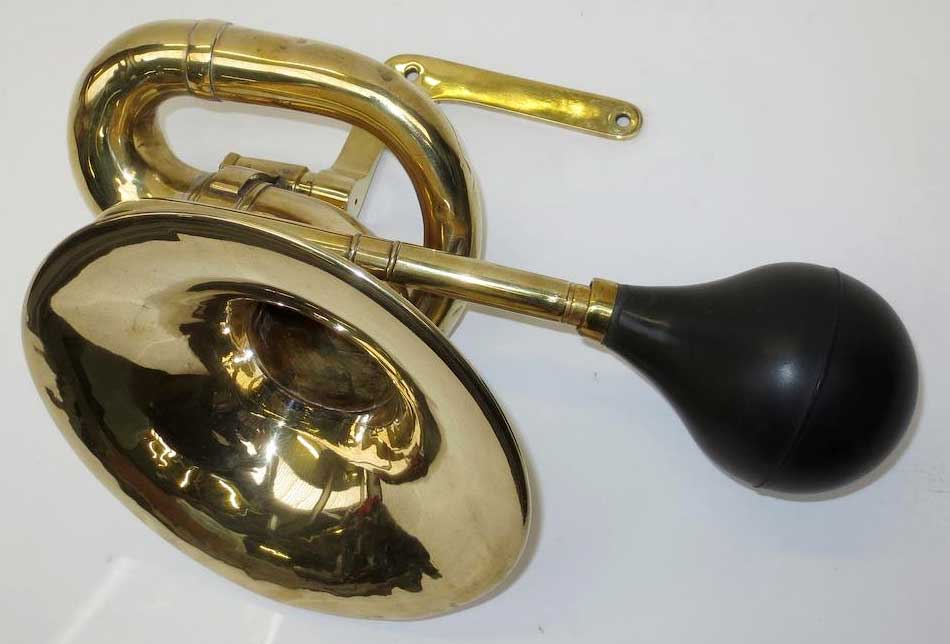


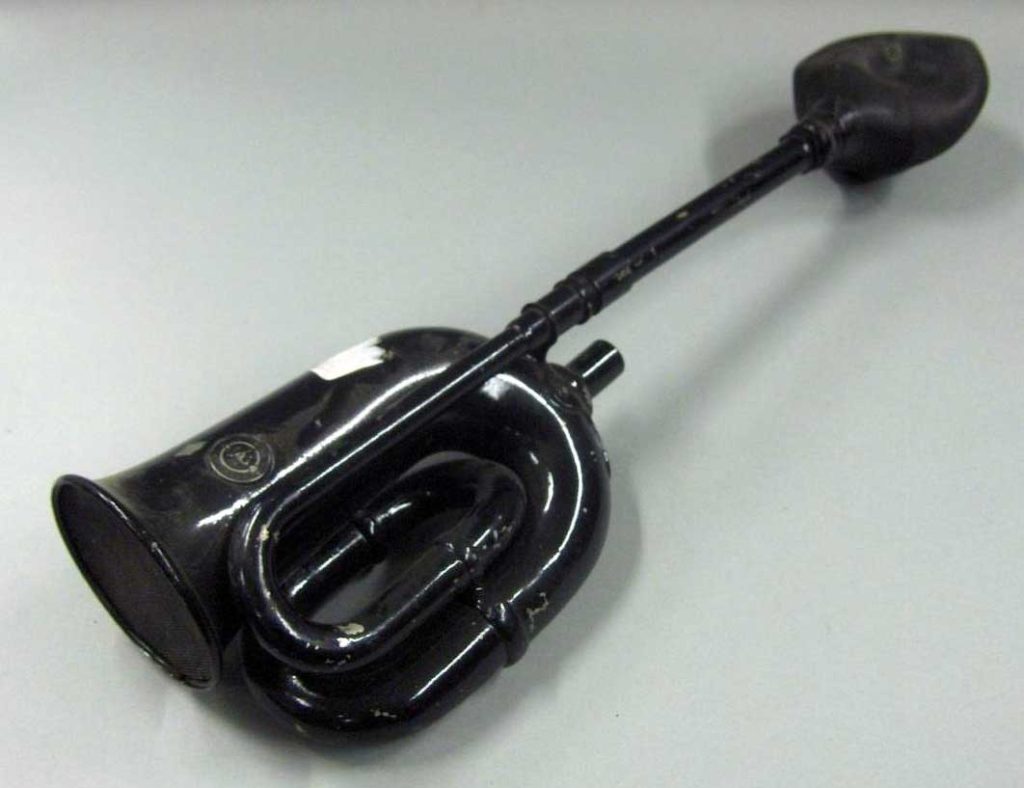
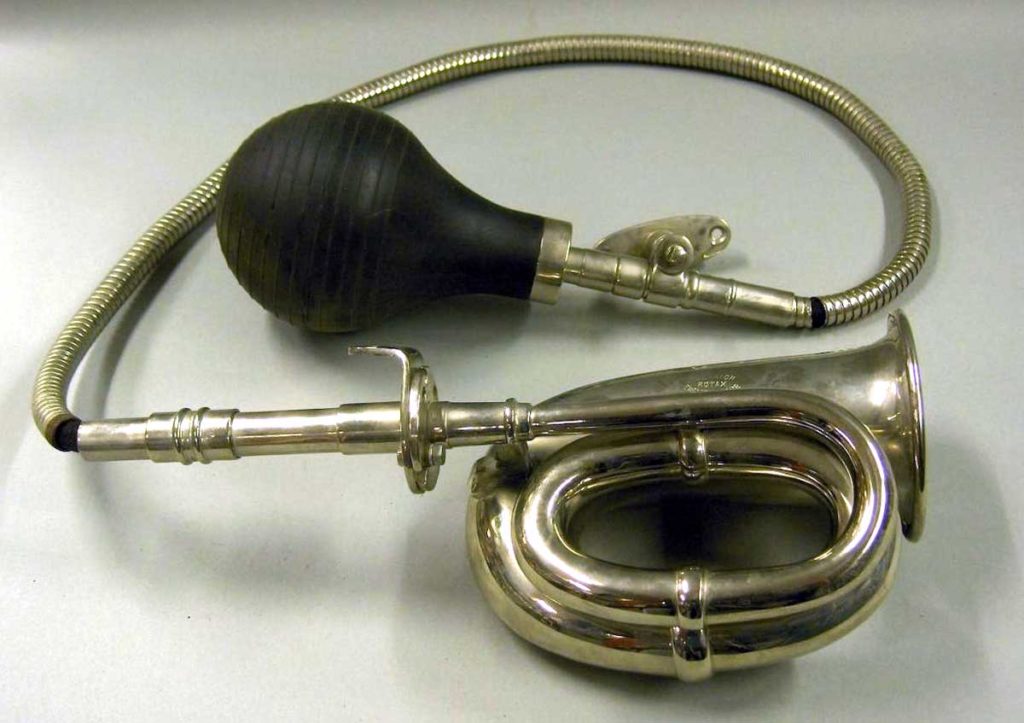
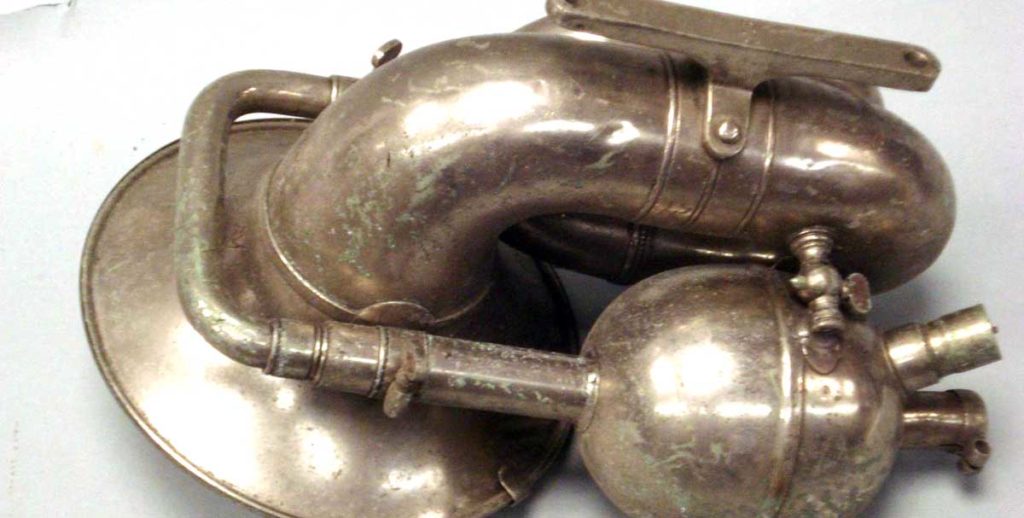
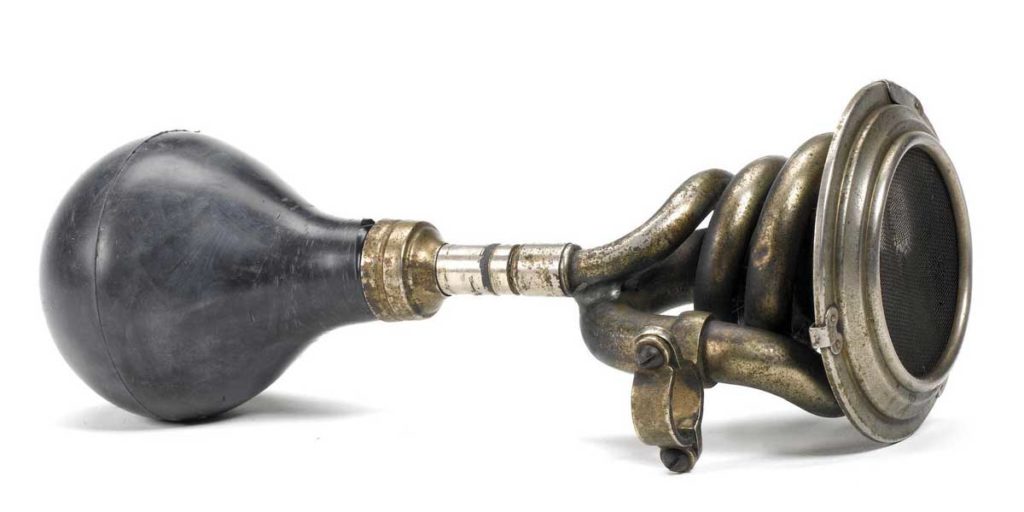
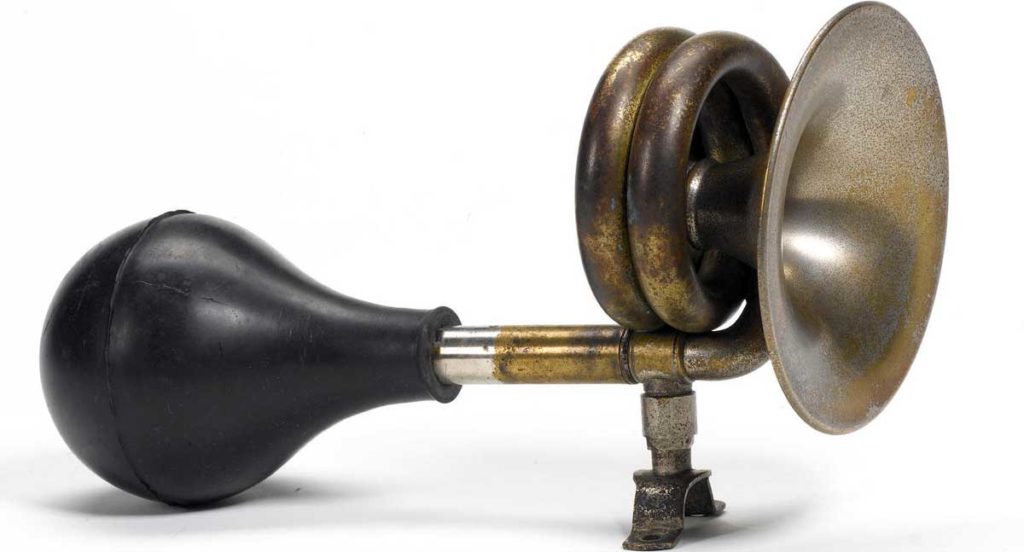
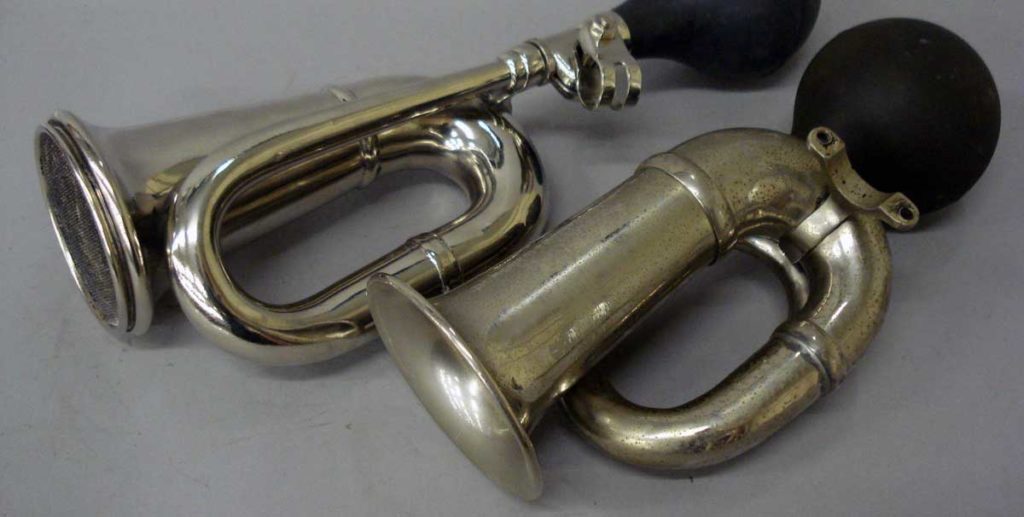
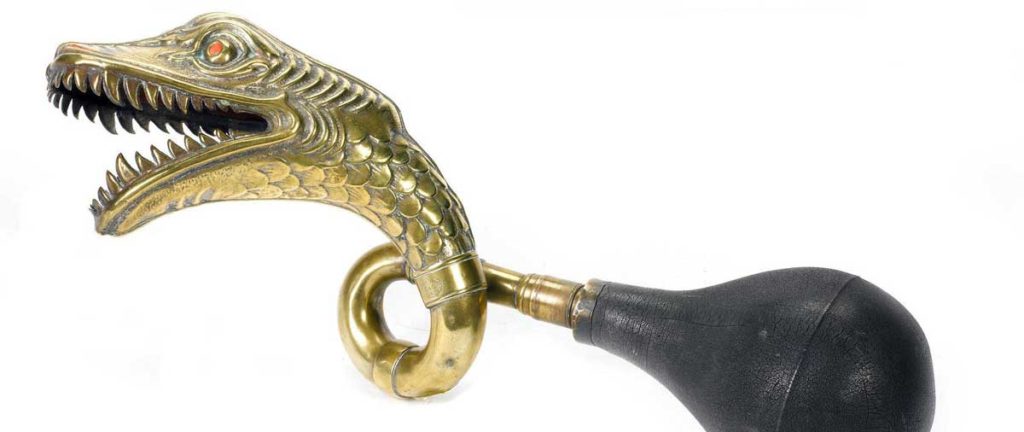
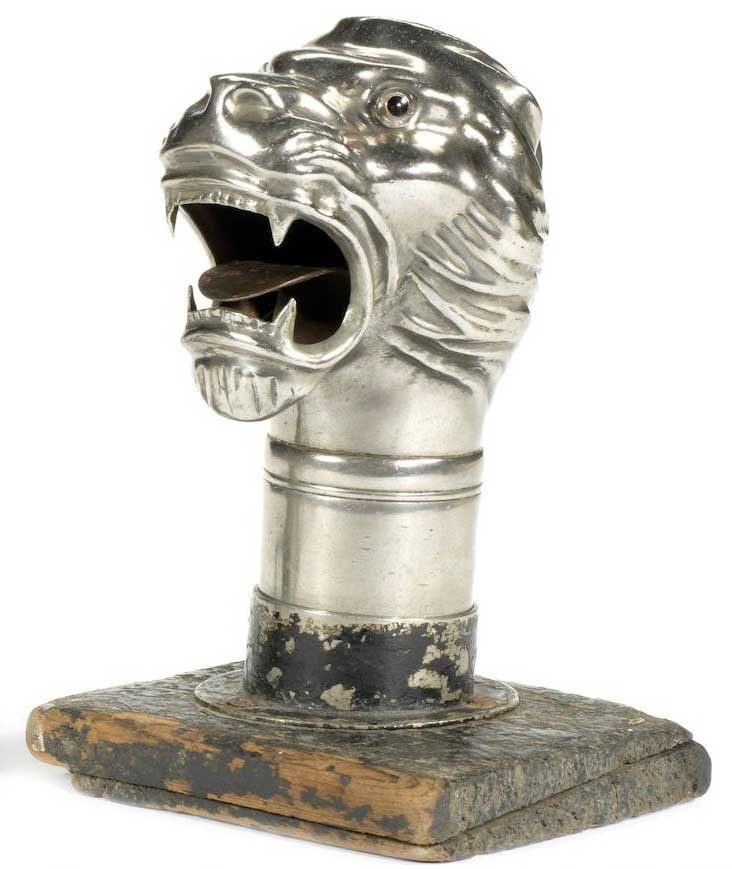

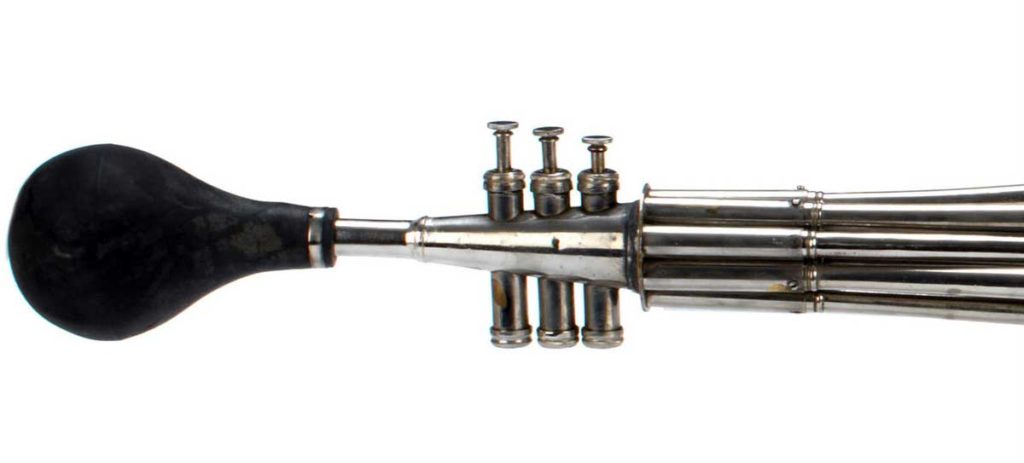

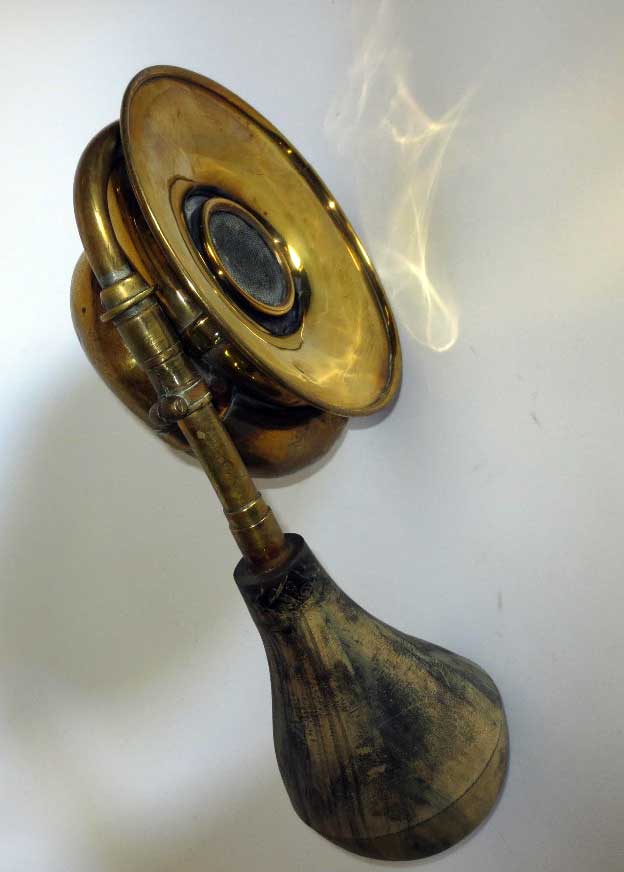
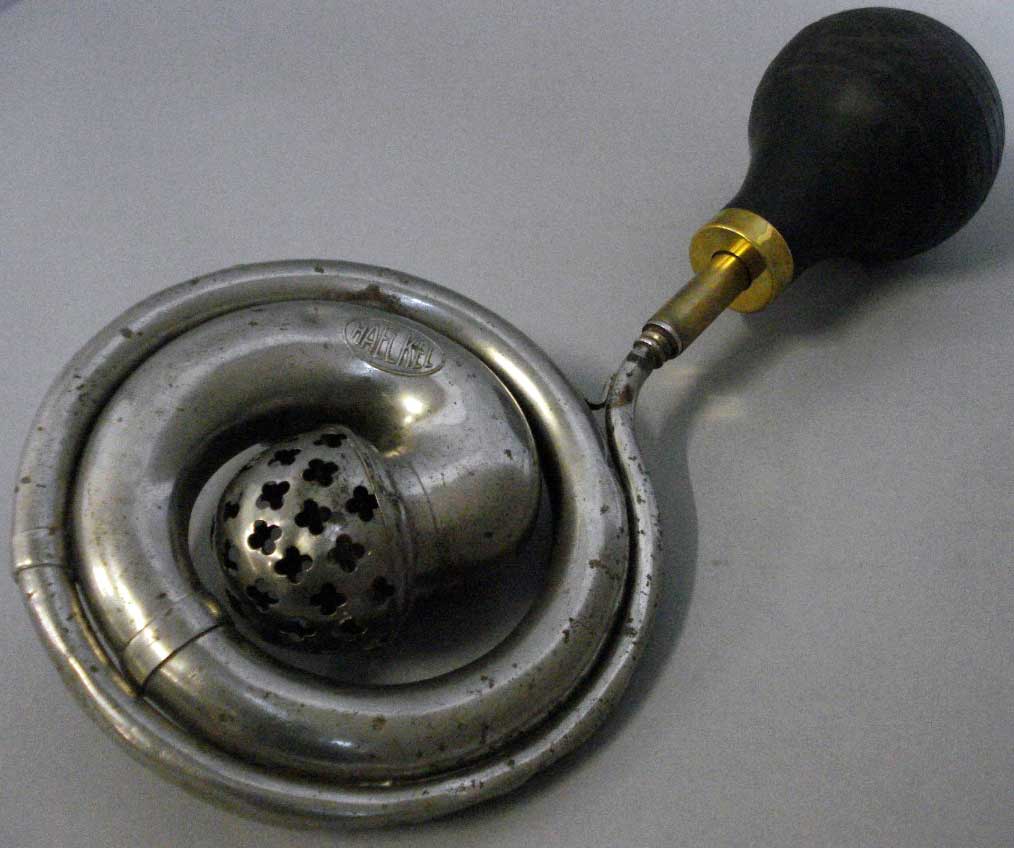
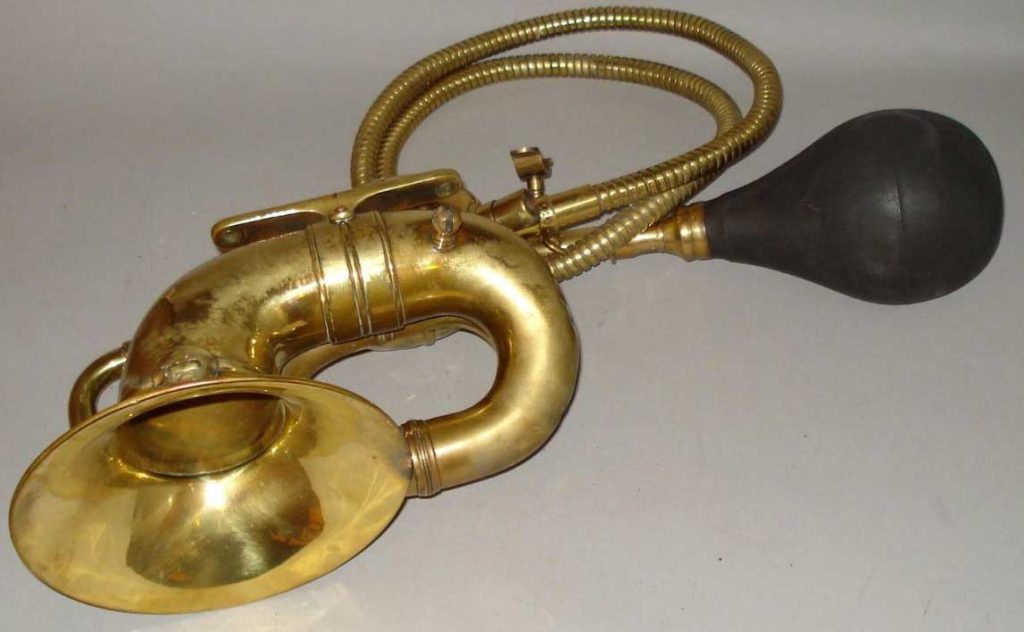
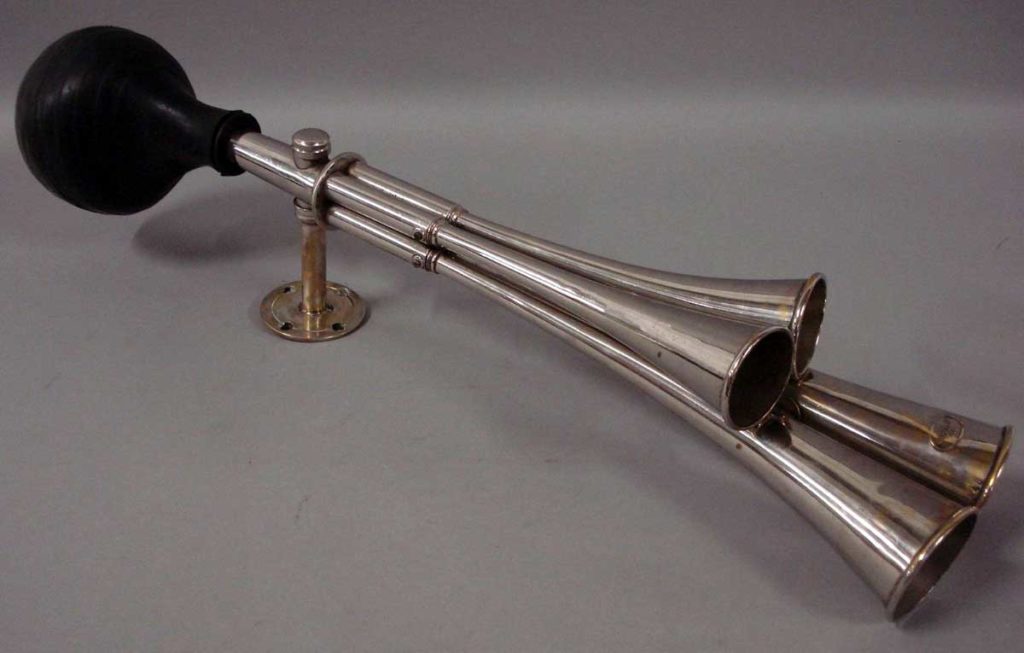
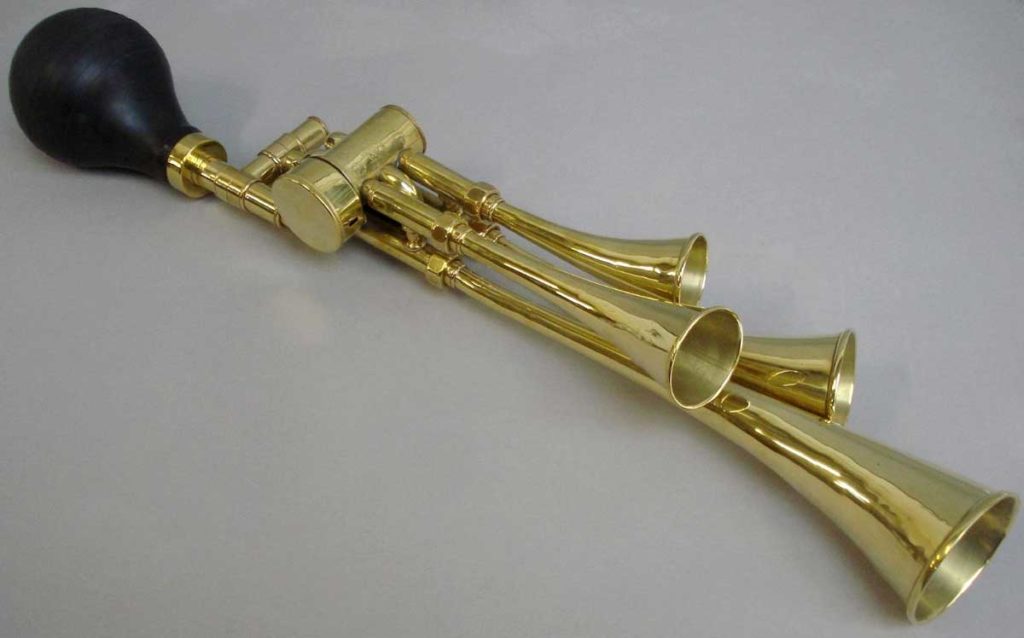
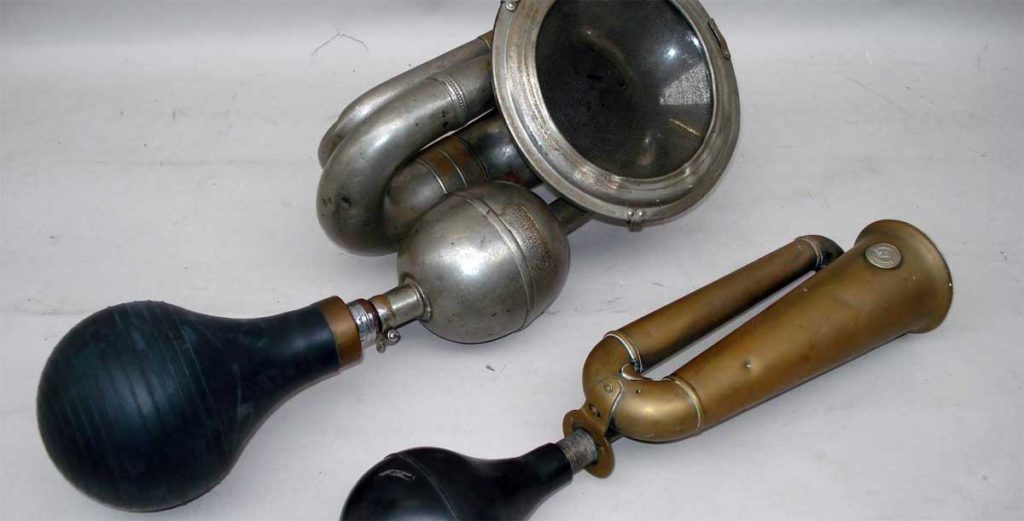
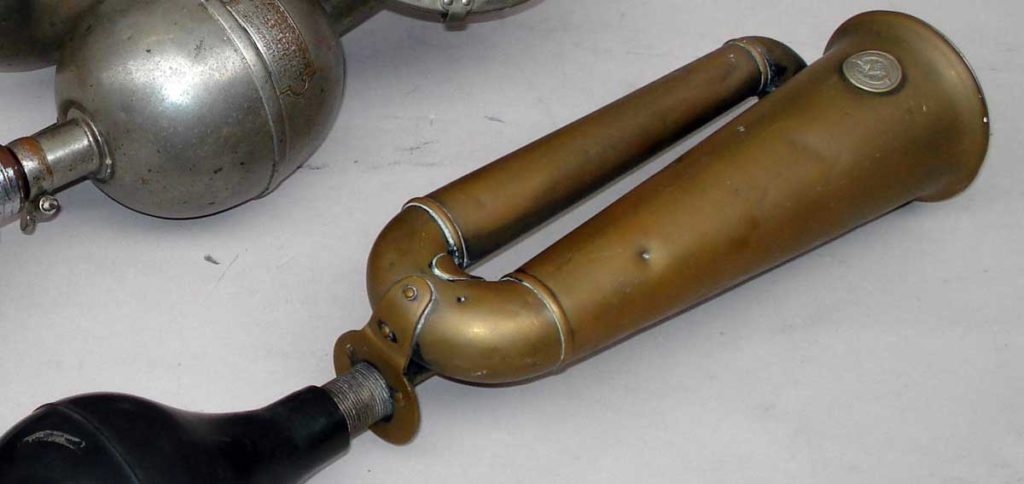

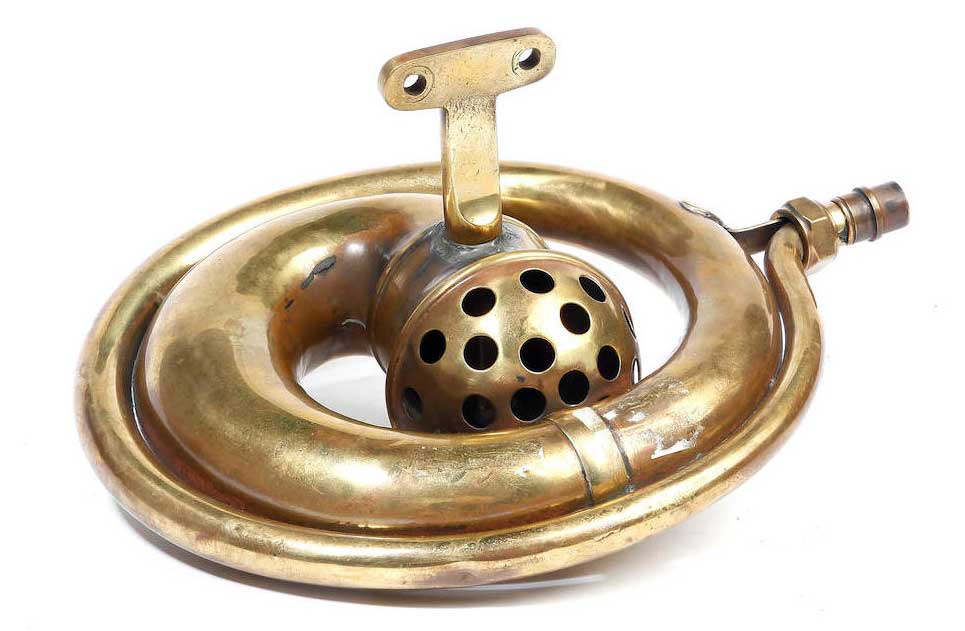
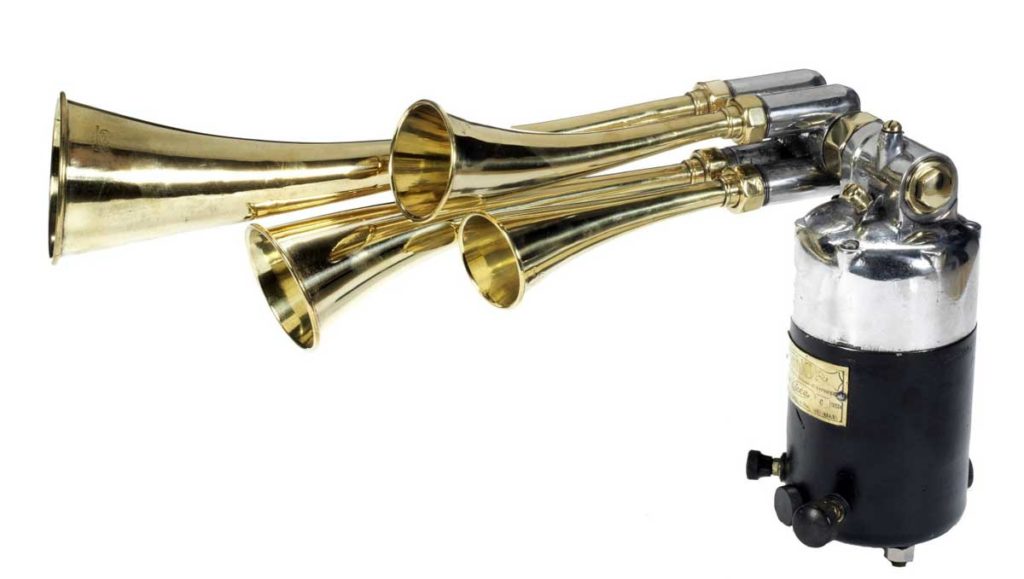

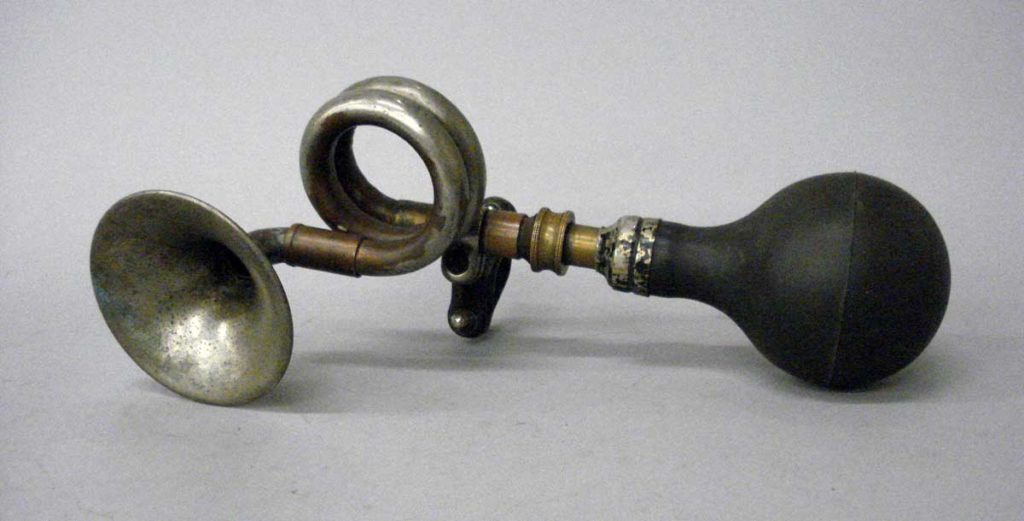
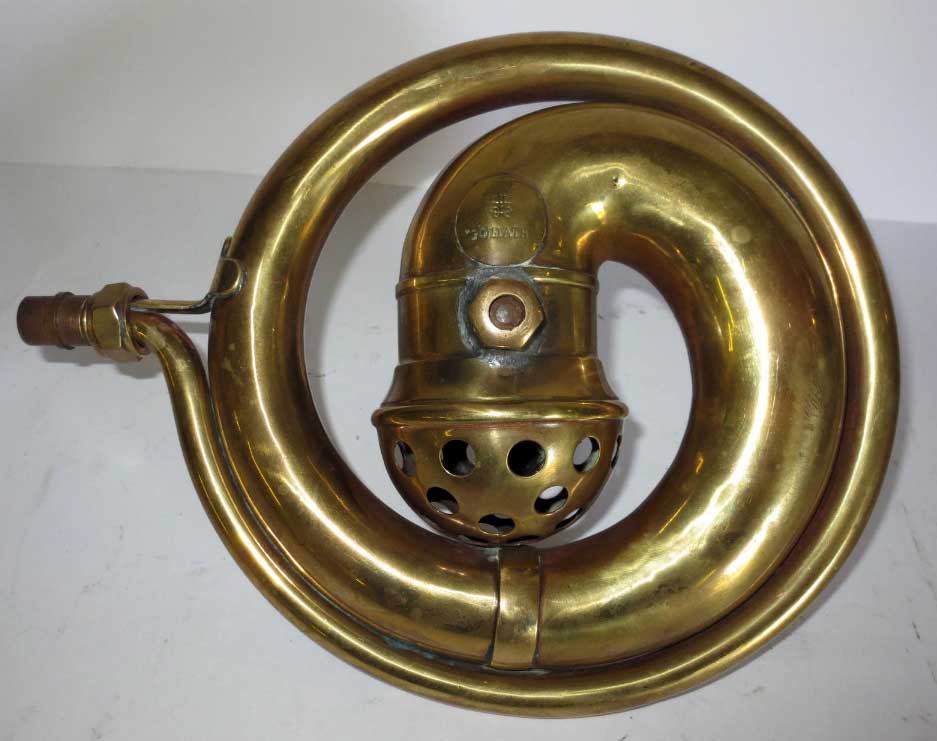
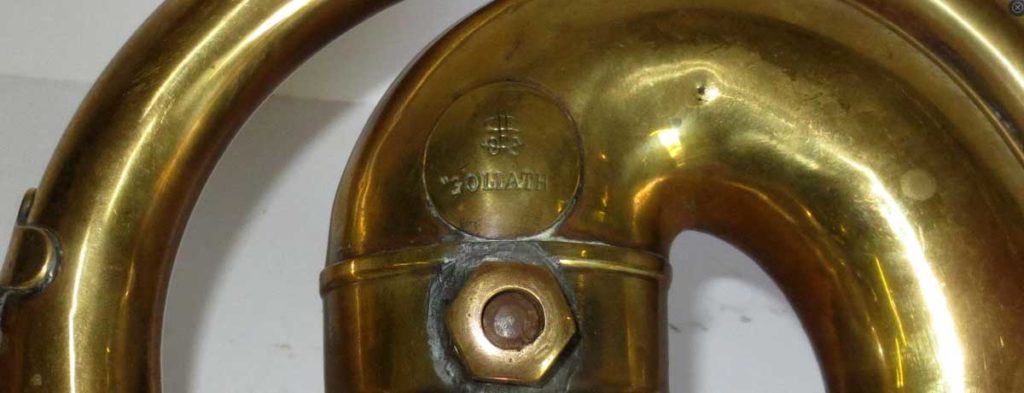
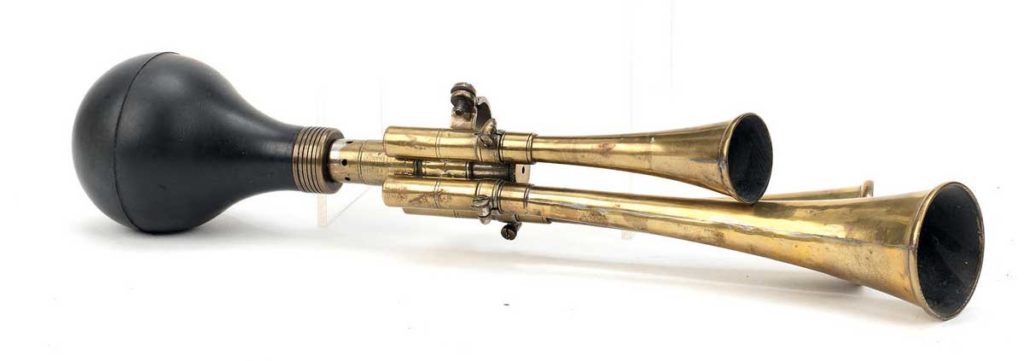


Reader Iguana sent this to me in a comment and it’s priceless and so worth sharing. Horns are featured starting right after the opening credits for the first 4 minutes or so.
“The G minor horn always gets them.”
Update 11/20 Not Desmo, but we have a very nice replica of the Lucas King of the Road horn available for sale now! Check the homepage for photos and details.
Reader Iguana, shared a video that opened up a whole new window on the world of Squeezehorns, Taxi Horns, Bulb Horns and… the one and only Desmo horn! Amazing!
They spell it many different ways.
Desmo, Deshmo, Deshmuk, Deshmukh.. Sometimes bhopu.. Maybe that will help you ask for the right things.
The Marching Hornets perform Herb Alpert’s ‘Tijuana Taxi’. You can hear it too! Check out the video here. Band director John was right, the squeeze horn adds that special something.
University of Michigan has a 2016 video describing the original taxi horn tones of the Gershwin score. [Updated 11/19 See also new Taxi Horns post.]
Reader Jan (see comment below) shares an insight into the notes used in the original recording. That lead to this article (lots of interesting details): 1929 Gershwin Taxi Horn Photo Clarifies Mystery. It would seem the mystery of the actual tones used in the original recording is solved!
A comment from Bill Schuetter today provided the missing clue to discovering a source for tuned squeeze horns. Bill provided a link to a YouTube video of the LA Philharmonic performing Gershwin’s ‘American In Paris’. There they are! and certainly orchestras around the world would need these to perform Gershwin. I found a few sources. See links below.
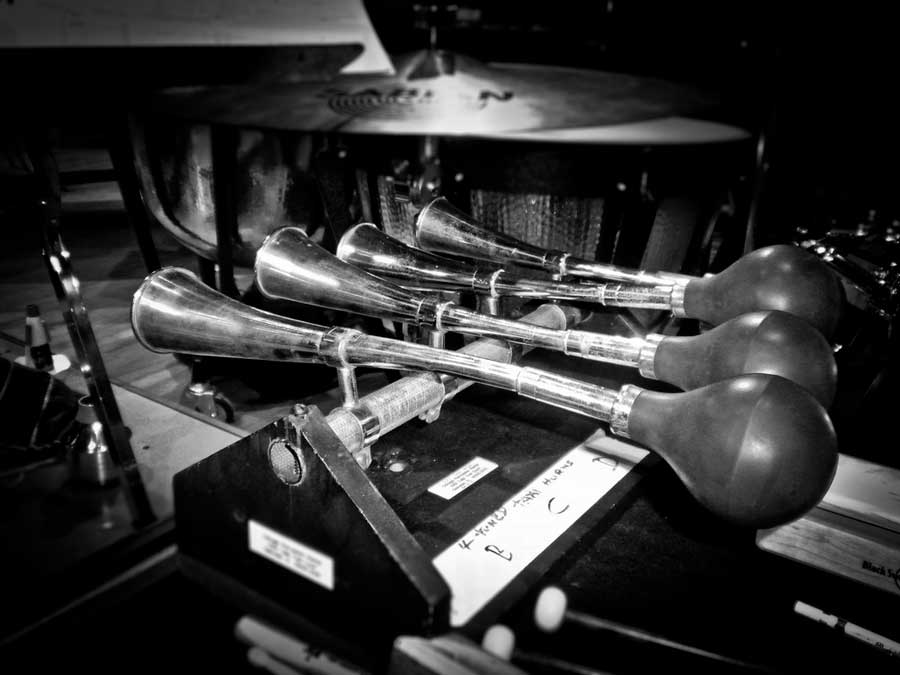
[Update 5/11/15] There you go! Owner Russ Knutson, of Chicago Percussion Rental comments below to point out that the horns in this shot came from his shop.
From CaliforniaPercussion.com (renting at $100 a week + shipping).
George Gershwin wrote for Tuned Taxi Horns in his composition An American in Paris. These horns come in a set of 4 pitches: A, B, C, & D. We have 3 sets of tuned taxi horns in our rental department and they all sound FANTASTIC! You will have no issues with our taxi horns; no muffled or dog barkish sounds, just pure taxi horn tone! As a percussionist for 10 years in the San Francisco Symphony, Trey Wyatt has used these horns for over 50 performances without failure.
The taxi horn part is normally played by one player. Gershwin actually writes for 2 players to each play 2 horns. However, it works brilliantly for this part to by played by 1 player, the cymbal player, as the cues for all the horn parts are written in the cymbal part.
Certainly not cheap to purchase. That’s about $750. U.S. From Kolberg in Germany.
A little cheaper at around $650 (but without the stand) from Jam in the U.K.
Most orchestras rent the set of horns. In the U.S. often from Steve Weiss Music outside of Philadelphia.
Also from LA Percussion Rentals. FSTJ Percussion in Quebec, Canada, and above-mentioned California Percussion.
I’ll be looking for a U.S. source to purchase. I’ve also emailed an Indian manufacturer to see what the thinks about custom building tuned horns.
Not that there was ever any doubt, but here’s picture proof that our horns are a class act. This is the 12″ medium loop horn mounted on Tim’s 1955 BMW. Beautiful! We were a little concerned about mounting the horn to his 7/8″ handle bars. He did use the attaching bracket I include, but supplemented it…
I used a zip tie to the clutch cable to increase the contact points. After taking the photo I inserted sail tape (used to stop sharp objects from ripping sailboat sails) between the handle bars and the clamp. This tightened the fit and prevents scratches to the chrome bars. The horn is loud (good) and is an excellent add on.
Thanks for sending the photos Tim!
Johnny sent along a shot of his 16″ covered bell horn, now safely secured to his bike. I asked him how he attached it.
I couldn’t use the included handlebar clamp due to dashboard and foredeck, so I used two 3/4″ insulated conduit hangers and secured the upper segment with a zip tie.
And here’s a close-up of how he attached his horn.